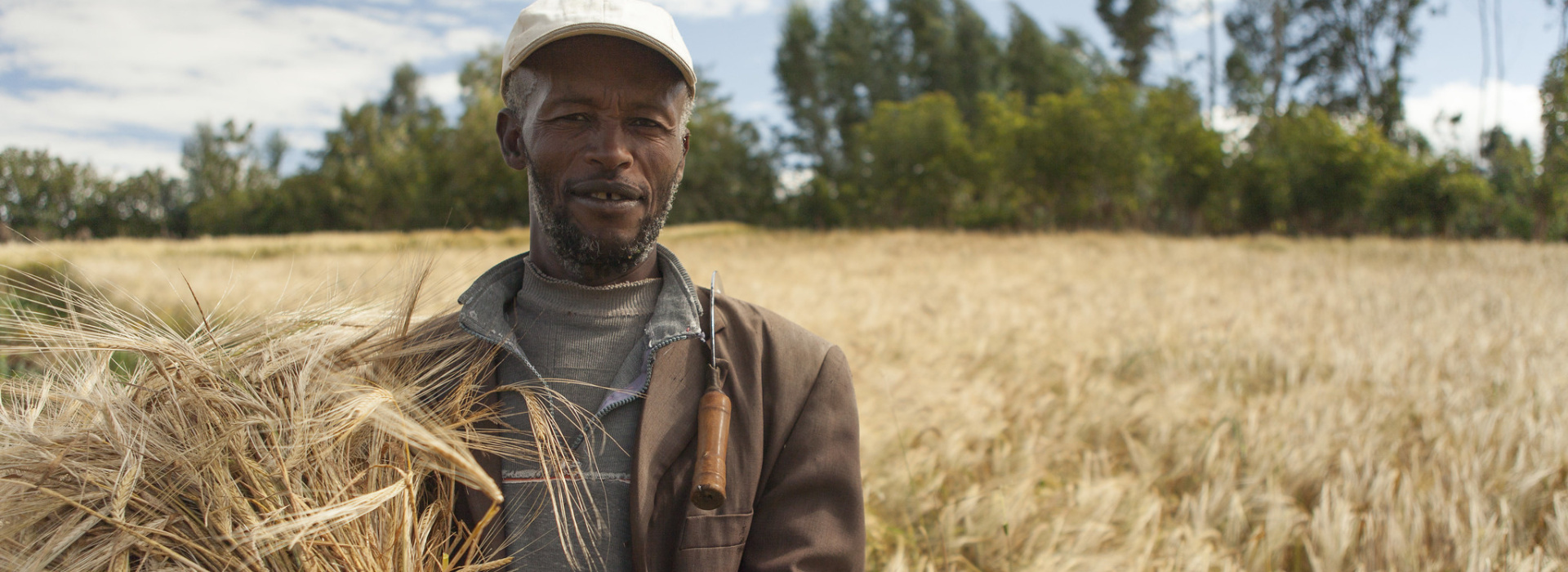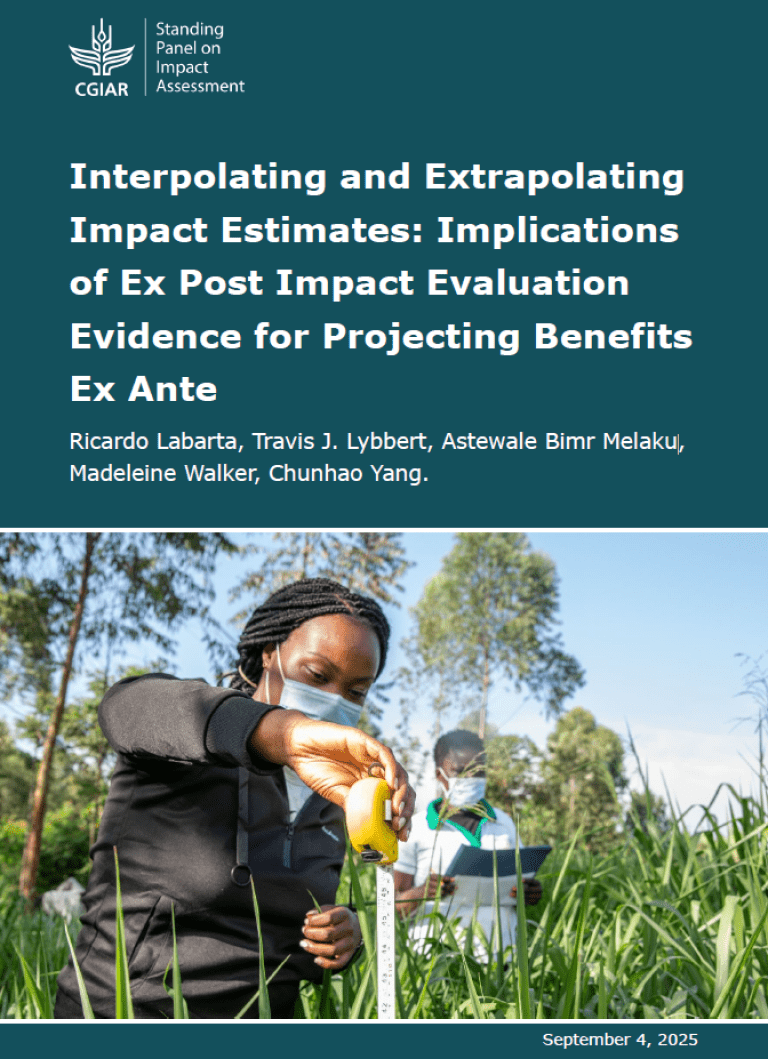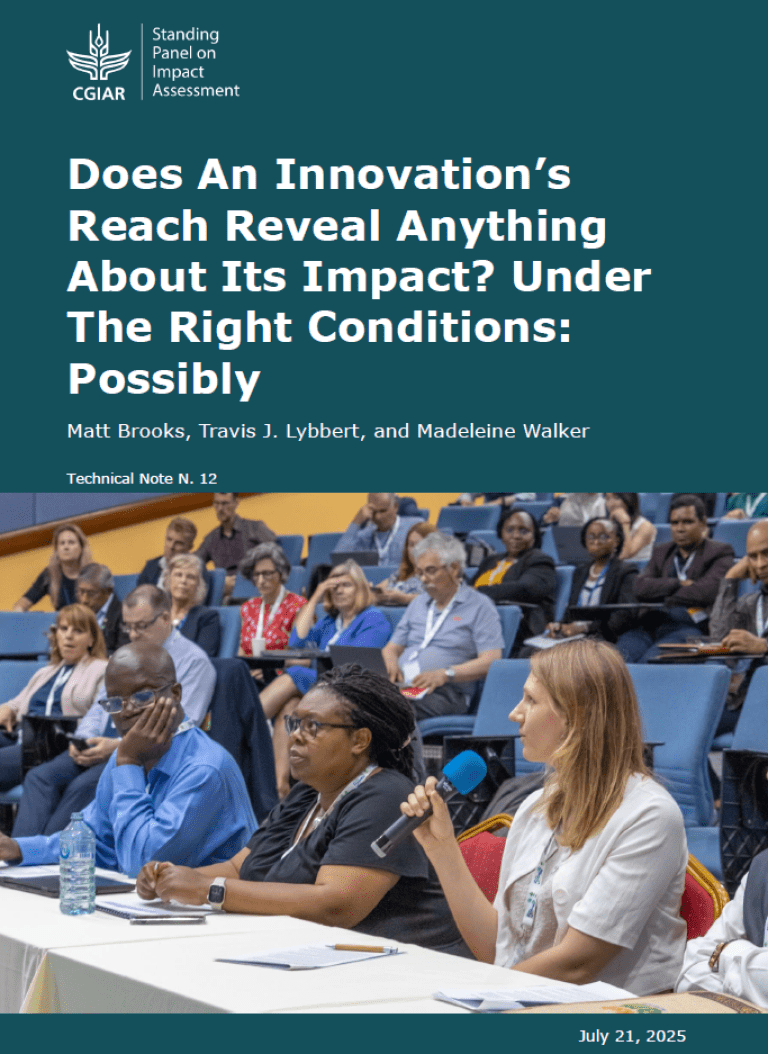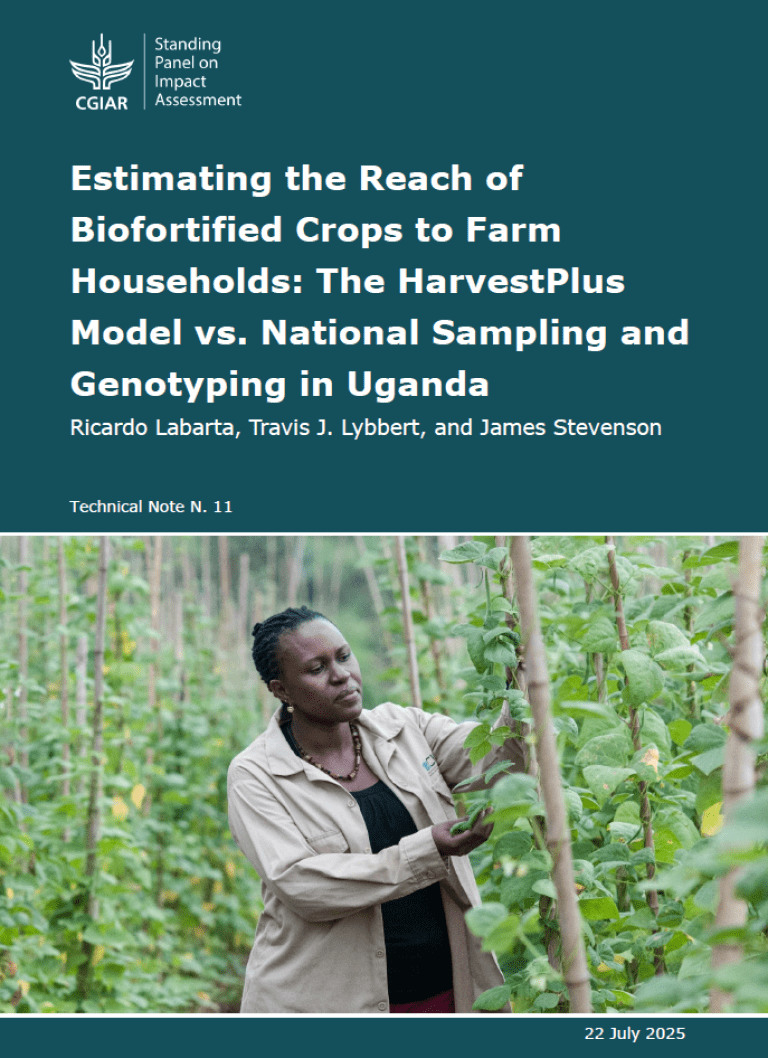Last week, the Standing Panel on Impact Assessment (SPIA) published ‘Shining a Brighter Light: Comprehensive Evidence on Adoption and Diffusion of CGIAR-Related Innovations in Ethiopia’. The report is the result of a five-year process during which the SPIA team* received valuable feedback from their members including SPIA Special Initiative Member, Professor Travis J. Lybbert, Professor of Agricultural and Resources Economics, University of California Davis, USA who offers his reflections on the final product in this blog.
As the title of their report purports, the SPIA team and its partners has succeeded in shining a brighter light on CGIAR adoption and diffusion in the Ethiopian context. The appeal of this ambitious stocktaking includes its methodological and even institutional contributions, of interest to a broad set of stakeholders. While I cannot claim any credit for the final product, as an external SPIA member I offered arms-length feedback at a few points in the process. I’m glad to reflect in this blog on the team’s specific contribution.
The ‘Credibility Revolution’ in economics has prioritized causal inference and rigorous impact assessment. As a development economist, I've been intrigued by the links between this ‘revolution’ and the expectations of practitioners and non-academic entities. In this regard, the demand for meta-evidence of impact and scaling has never been higher. In contrast to micro-evidence, largely the domain of the credibility revolution, this meta-evidence aims for higher-level insights about impact and sustainability aggregated across many interventions or innovations. The Shining a Brighter Light report is a welcome response to this demand and an excellent fulfillment of SPIA's mandate within CGIAR.
The authors emphasize a few key dimensions of the research process that generated the CGIAR innovations tracked in the report. These dimensions bear repeating. First, the research endeavor in any context is subject to randomness and uncertainty— and often results in failure. It is important to keep in mind that the 30 innovations that appear in this report are an elite set of ideas that emerged from the hundreds that were piloted and not taken further for a host of reasons (Figure 2 - shown here). Successful research will very often not result in innovations that can be scaled (p.14).
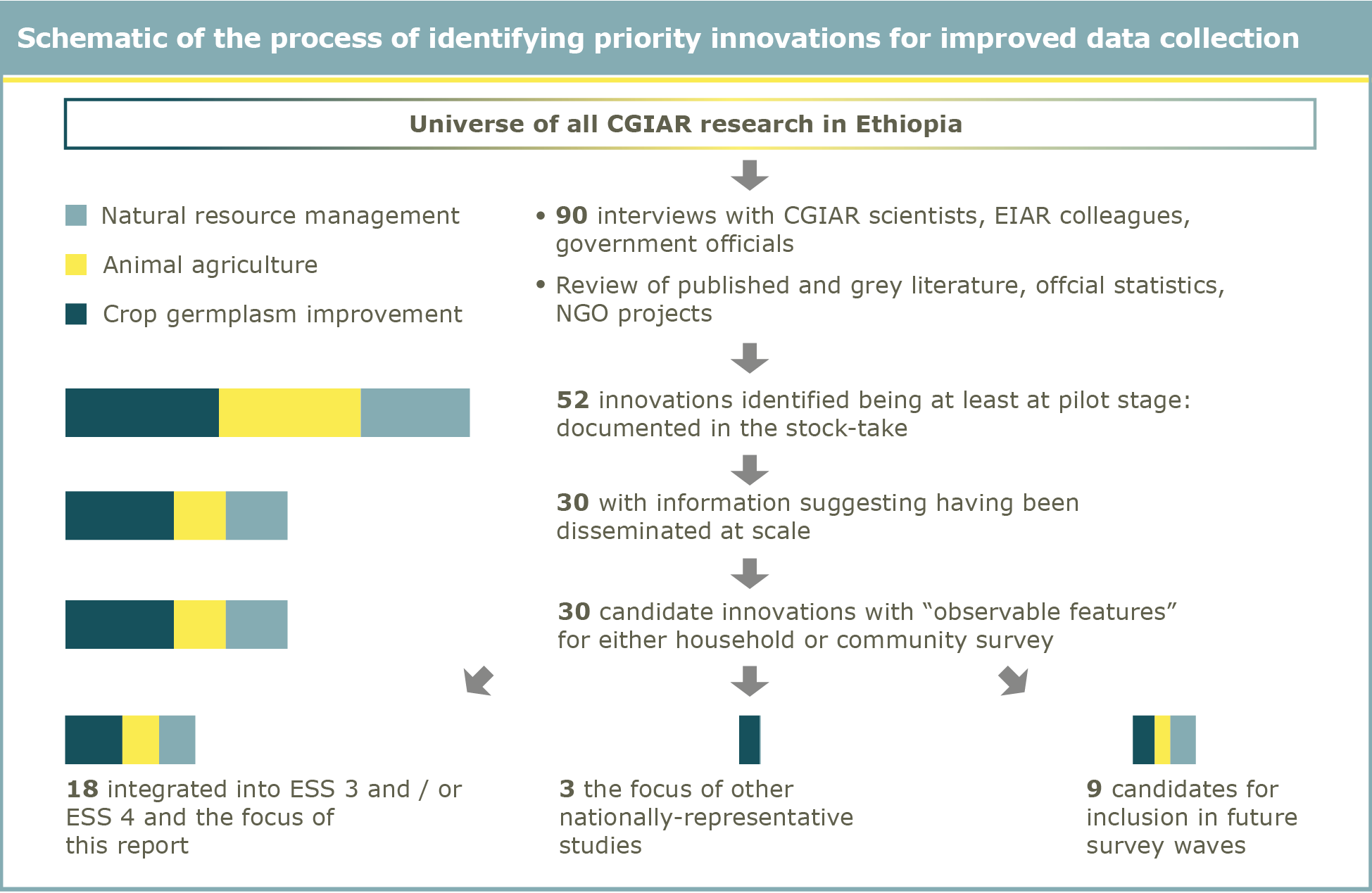
Second, in collaborative research, which describes much of the work of CGIAR, attribution to a given contributor can be challenging (p.14). As academic researchers are well-aware from authorship discussions, it can also require diplomacy. The SPIA team took this challenge seriously. I applaud their efforts: attribution is complicated, but it enables accountability.
What do I like about the final report? Let me offer a few of my own highlights.
- Ethiopia is an ideal test-case for tracking the diffusion of CGIAR innovations. In addition to being a CGIAR hotspot, it is undergoing a rapid transformation and deserves careful study.
- The integration of this stocktaking with the Ethiopian Socioeconomic Survey is both novel and encouraging. This level of coordination and collaboration not only enabled much of the analysis in the report, but also represents its own institutional innovation that is worth replicating elsewhere.
- The innovations tracked in the report span a broad swath of CGIAR work. It is refreshing to see this kind of meta-analysis of adoption and evidence that is simultaneously detailed and covers very different technologies across a range of domains.
- This meta-analysis provides some fascinating comparisons across innovations (and innovation types), including insights from the joint analysis of ESS data (Table 14) and spatial data (Figures 5-8). This work is made more promising by the methodological innovations that emerged from the collaboration with ESS (e.g., genotyping integrated into household surveys).
- The report maintains a strictly objective tone and provides a level of detail that makes each innovation almost a case study unto itself. We, as researchers, get attached to our ideas and may be inclined to overstate their impact. This study offers a distinctly empirical search for evidence of diffusion.
- Finally, among the details documented in this report we see many hints at the role private sector firms and entrepreneurs played in the diffusion of CGIAR innovations. Given that many innovations that appear promising die out in initial stages due to a disconnect with the private sector, this is a crucial step - and one that deserves more attention.
Let me close by looking forward. It is hard for me to imagine a better representation of SPIA's mandate than this report - and there is more to come and more to do. SPIA is uniquely positioned to continue shining a brighter light on the critical diffusion processes that link the CGIAR to producers and consumers. In this regard, it's good to see this report as the beginning of a wave of similar work in other countries, including the ambitious 50x2030 Initiative. This report builds both methodological and institutional momentum for these important ongoing efforts.
*The Standing Panel on Impact Assessment (SPIA) working closely with partners at the Ethiopian Central Statistics Agency (CSA), and the World Bank Living Standards Measurement Study team (LSMS).
